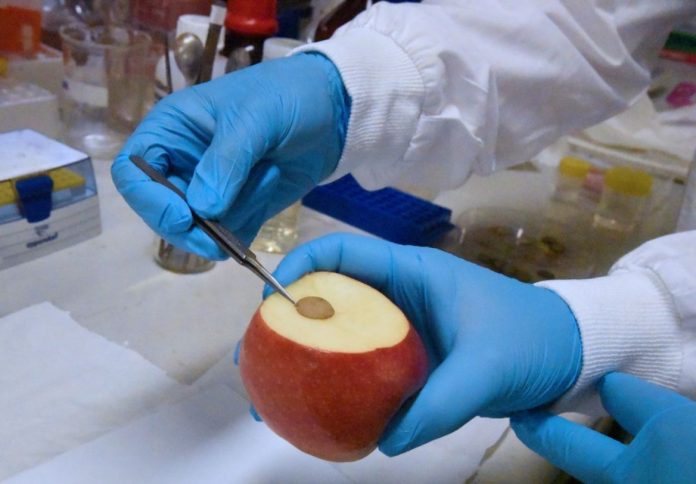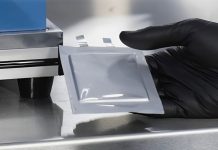
Researchers at the University of Queensland have developed a nanotechnology-based probe that measures vitamin C levels in fruit, vegetables, and juices, potentially paving the way for consumers to one day assess food freshness and nutrition using their smartphones.
According to the University of Queensland (UQ), the nanoprobe changes colour based on the concentration of vitamin C – also known as ascorbic acid – in fresh produce.
The university said the technology can be applied directly to food and juice samples or used on paper testing strips that change colour when touched to cut or intact produce.
Dr Run Zhang from UQ’s Australian Institute for Bioengineering and Nanotechnology (AIBN) said vitamin C plays an important role as an antioxidant in most fruits and vegetables, but its concentration can vary widely depending on handling and storage conditions.
“Things like exposure to heat, oxygen, and light all accelerate vitamin C degradation, as does the quality of the soil or pesticide use during the growing process,” Dr Zhang said.
“Measuring vitamin C is therefore an essential step for producers, regulatory agencies, and consumers who want to simply evaluate food freshness and nutritional content.”
UQ reported that the nanoprobe consists of a metallic core coated with a fluorescent dye that reacts when exposed to ascorbic acid. As the dye coating breaks away, the remaining materials change colour to reflect the vitamin C level in the sample.
PhD scholar Dihua Tian, who worked on the project, said the probes displayed a visible colour change – from yellow to brown – when tested on a range of fruits, vegetables, and juices.
“The simplicity and portability of the technology means a more accurate reading could be possible using a smartphone app,” Tian said.
“Ultimately this is technology that could be used in tandem with colour visualiser phone applications that can scan a testing strip coated in our nanoprobes and tell you exactly how fresh and healthy the food is.”
Dr Zhang said UQ researchers also see potential agricultural applications for the nanoprobes, such as assessing crop health and nutritional status.
“By testing plant leaves for vitamin C content, producers could gain insights into plant nutrition, stress responses, and optimal agricultural practices,” he said.
“Ultimately we would be supporting environmental sustainability by optimising nutrient management in crops.”
The University of Queensland stated that the research was published in Food Chemistry and conducted in collaboration with the UQ School of Chemistry and Molecular Biosciences (SCMB) and the Queensland Alliance for Agriculture and Food Innovation (QAAFI).



















